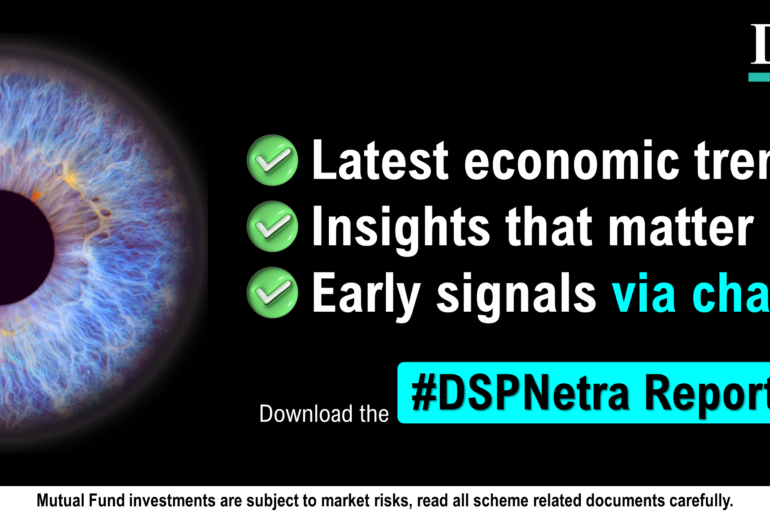Last Updated on Oct 13, 2022 by Aradhana Gotur
With the debate of value vs growth investing in focus for some time, we thought to look at the same problem through the lens of quantifiable data. An approach lent to the investing community by Stephen A. Ross in 1976 through Arbitrage Pricing Theory, made a case for explaining the stock returns through multiple factors. Now, factors are quantifiable characteristics of the linked company that can explain the differences in stock returns. Some of the well-known factors are size, value, momentum, growth, and quality.
Value and size have existed in the literature for several years now. In our case we attempted to look at other factors that have been relatively less exploited in the arsenal of available investment products in the market. Out of these, we zeroed on momentum, quality and growth. The premise for momentum is simple, the stocks making the new highs will continue to do so for some time. For growth, the aim is to select the companies experiencing good growth in terms of revenue and earnings. Quality acts as an additional security system to keep the debt level and capital employment in check to avoid the unfortunate fate if things go south. With this framework in mind, we finalized the parameters and thought of letting the data do the rest of the talking.
Experiment Details
Stock Universe: Nifty 500
Stock Selection Criteria:
| Metric | Value | Rationale |
| Return on Equity | Greater than 15% | To filter firms effectively employing the shareholder’s money |
| 1-year historical EPS growth | Greater than 10% | To filter firms experiencing high earnings growth |
| 1-year historical Revenue growth | Greater than 10% | To filter firms experiencing high revenue growth |
| Debt to Equity | Less than 5 | To filter firms with manageable debt |
| 1Y Return vs Nifty | Greater than 5% | To filter firms experiencing positive price momentum |
Sorting Criteria: Top 15 non-financial stocks are selected based on market capitalization
Weighing Scheme: Equi-weighted portfolio of selected stocks
Rebalancing Schedule: Quarterly rebalancing on last trading date in February, May, August and November
Experiment Results
The experiment seems to be yielding some impressive returns. Let’s put a number to these to put the things into perspective. The strategy has generated a CAGR of 23.90% while Nifty 500 has generated a CAGR of 9.14% in the same period. In other words, the strategy of buying winners backed by quality growth seems to be paying off.
As always, the Market is a great puzzle and needs to be solved bit by bit. Hopefully, the above experiment has put some of the pieces of the puzzle in the correct positions and laid the foundation for a further foray into a successful investment journey.
Access our Quality Drifter screen now.
A smart investor knows when to be fearful and never throws caution out of the window. This screen is a way to ponder upon the debate of value vs growth. It is advisable to always do your own research and set standards that meet your investment objectives.







